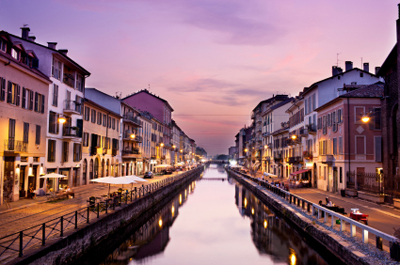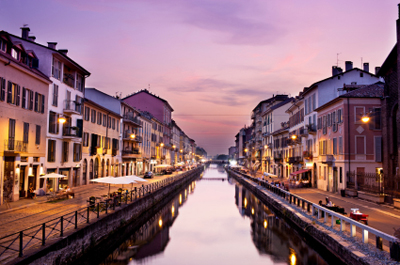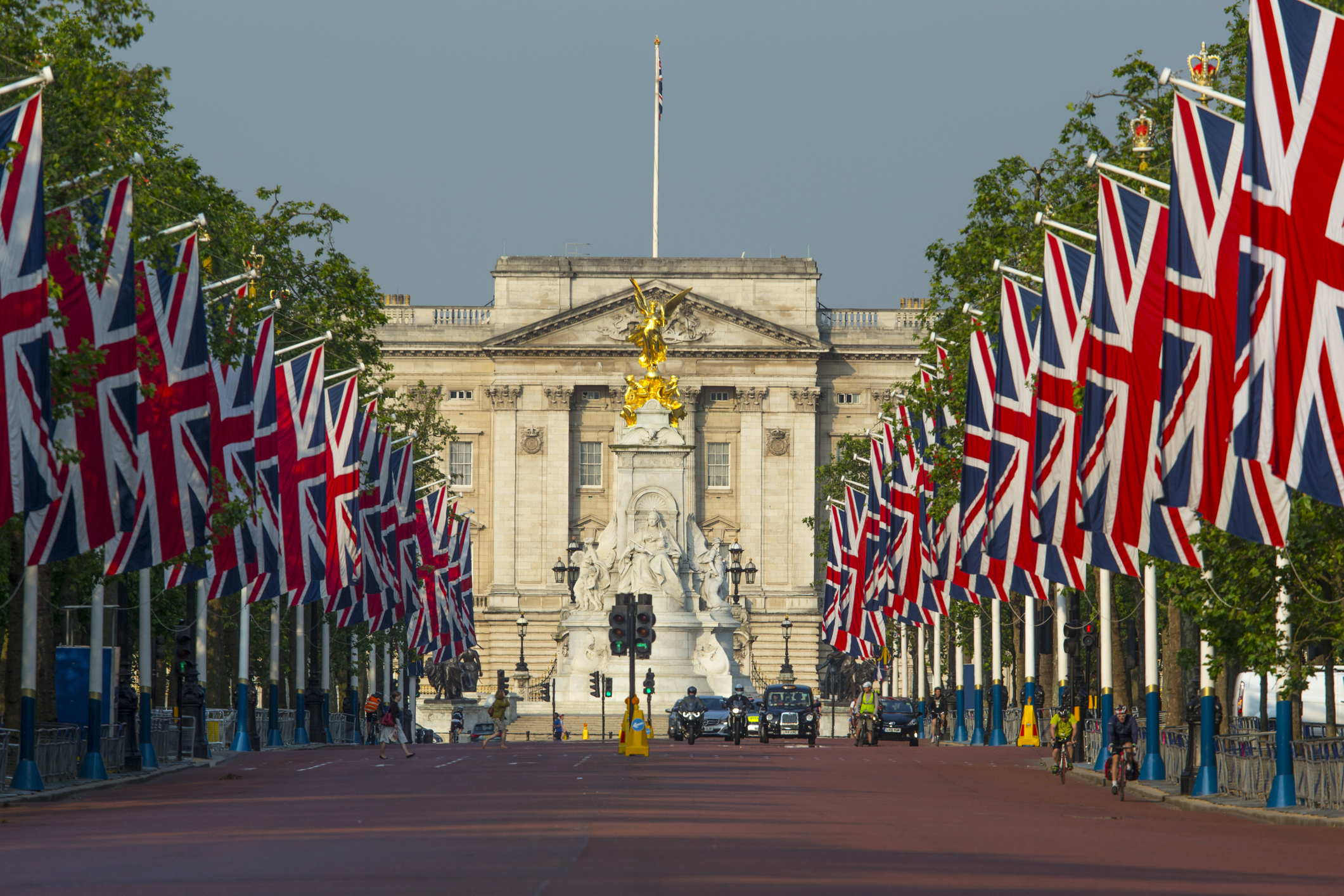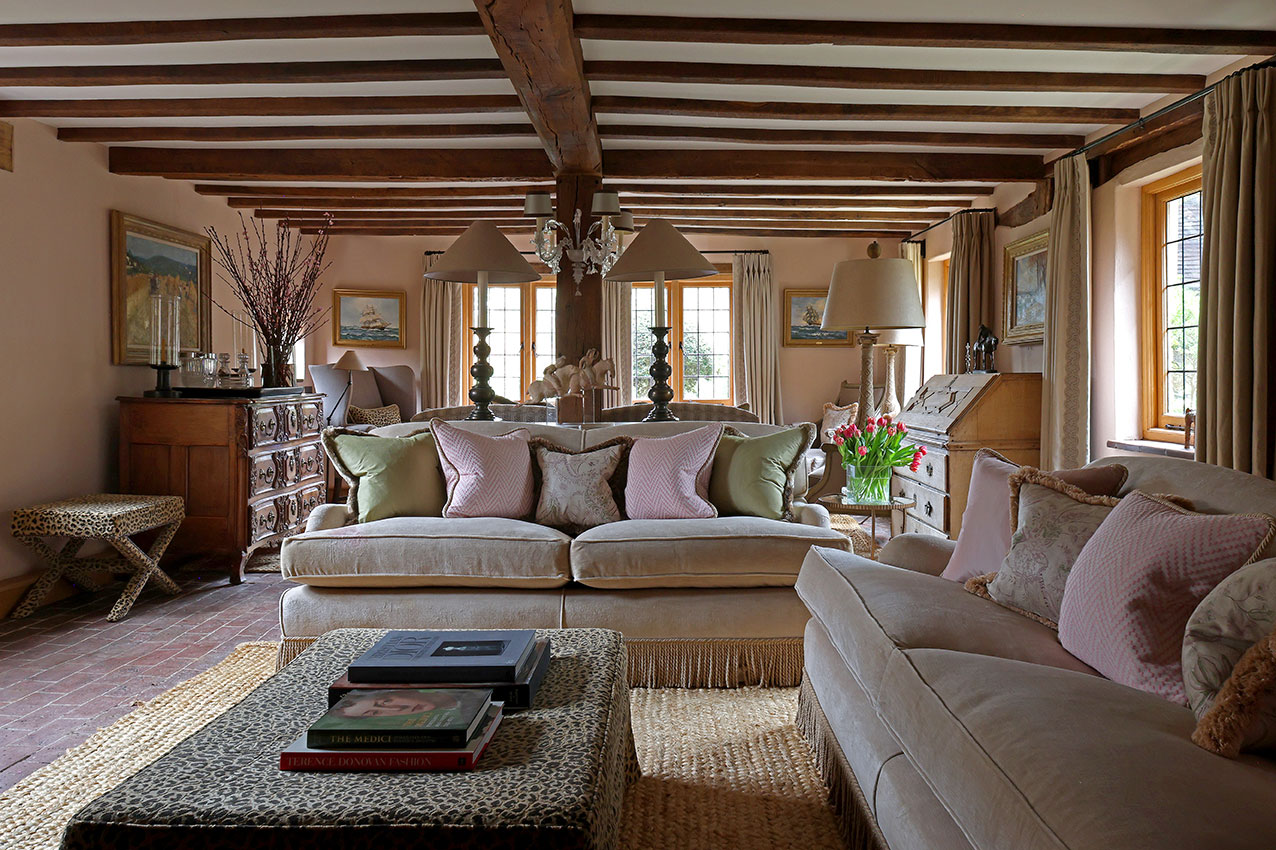City Break: Milan
Sue Lawley spends three days in Milan


Why I went
Guiseppe Verdi was born 200 years ago this year. To get to the heart of this composer, who died a national hero, you have to go to Italy. Milan's great opera house, La Scala, is staging seven of his operas this season and I wanted to see Macbeth, probably the most important work of Verdi's formative years. But on the morning of my arrival, the shutters went up on La Scala. ‘Sciopero' said the notice-a fairly familiar one in Italy these days: ‘Strike.' The performance was cancelled. Disaster! But perhaps not. If I couldn't absorb some of the culture, passions and history of Italy through the music of Verdi, I could turn to another of her greatest artists and one of Milan's adopted sons.
What I did instead
Leonardo da Vinci spent more than 20 years living and working in Milan. To see his great fresco, The Last Supper, in the church of Santa Maria delle Grazie, book well in advance: only 25 people at a time are allowed into the former monks' refectory. It's remarkable that it survived the ravages of time at all, having been subjected to horses stabled beneath it by Nap-oleon's soldiers and a Second World War bomb that devastated the building. Today, in order to keep the humidity constant and prevent further flaking and fading, entering the chamber is like preparing for a flight to the Moon. Stepping through a series of sealed doors, which close with a hiss behind you, finally you're alone with the painting. Only then are you allowed to inspect a work that helped change the course of Western art. After 15 minutes precisely, a disembodied voice orders you to leave. Subito!
* Subscribe to Country Life and save; Get the Ipad edition
What secrets did I discover?
Tucked away in a tiny square sits a well-kept secret: the Ambrosiana Library, which houses part of Leonardo's Codex Atlanticus-pages from his notebooks (he wrote right to left and backwards so the words can only be read in a mirror), cover-ing subjects as diverse as weaponry, botany, musical instruments, anatomy and flight. When the Ambrosiana opened in 1609, it became, after the Bodleian in Oxford, the second public library in Europe. Lord Byron visited in 1816, as did, later, the novelist Mary Shelley. Standing in that magnificent, hushed, low-lit, floor-to-ceiling book-lined chamber, you can imagine how awe-inspiring they must have found it.
Sign up for the Country Life Newsletter
Exquisite houses, the beauty of Nature, and how to get the most from your life, straight to your inbox.

What did I eat?
What didn't I eat! Whether it's pizza in a pavement cafe, or a bowl of linguine with red mullet and fresh tomato, the Italians capture rich flavours in their food in a way that often eludes their imitators. You tend to eat ‘a dish' rather than a piece of meat or fish with vegetables on the side, and one of the best and simplest I tried was a plate of very thinly sliced sirloin steak, cooked rare, strewn with rocket and Parmesan shavings. Drizzled in extra-virgin olive oil, it was amazing.
What did I drink?
Franciacorta, the Italians' answer to Champagne. Made in the Bella Vista vineyard on the shores of Lake Iseo (www.bellavistawine.it), an hour from Milan, it's the only Italian sparkling wine made from Champagne grapes by the méthode champenoise. Elegant and refined, unlike the ubiquitous, fizzy prosecco, I defy the everyday drinker to spot that it isn't Champagne itself.
Where I stayed
The Carlton Hotel Baglioni (00 39 2 36 66 19 60; www.baglionihotels.com, B&B from £124 per person per night) is everything you need in a city hotel-comfortable, friendly and central. Its rear entrance opens directly on to one of Milan's best shopping streets, the pedestrianised Via della Spiga. The hotel isn't too big (about 80 rooms) so the staff will nip down the street and buy an English newspaper if they've run out and, in the ever-open bar, Franco mixes a mean dry martini.
My top tips
Find a guide who can bring the art and history of the city to life without boring the pants off you. Dr Sarah Mongelli is charming, wears her learning lightly and speaks excellent English. Book her through the agency Leonardo in Milan (www.leonardoamilano.org/english), which can also secure tickets for The Last Supper. Use the underground. Milan's Metro is cheap (a day ticket costs €4.50 and is also valid on the trams), easy to use and the stops are frequent. Don't miss the 165-step climb to the roof of the city's Duomo, Milan's outrageously large Gothic cathedral, capable of housing a congregation of 40,000. Made of pink marble, it took 500 years to finish and is as awe-inspiring as any ancient Egyptian pyramid.
* Follow Country Life magazine on Twitter
Country Life is unlike any other magazine: the only glossy weekly on the newsstand and the only magazine that has been guest-edited by HRH The King not once, but twice. It is a celebration of modern rural life and all its diverse joys and pleasures — that was first published in Queen Victoria's Diamond Jubilee year. Our eclectic mixture of witty and informative content — from the most up-to-date property news and commentary and a coveted glimpse inside some of the UK's best houses and gardens, to gardening, the arts and interior design, written by experts in their field — still cannot be found in print or online, anywhere else.

